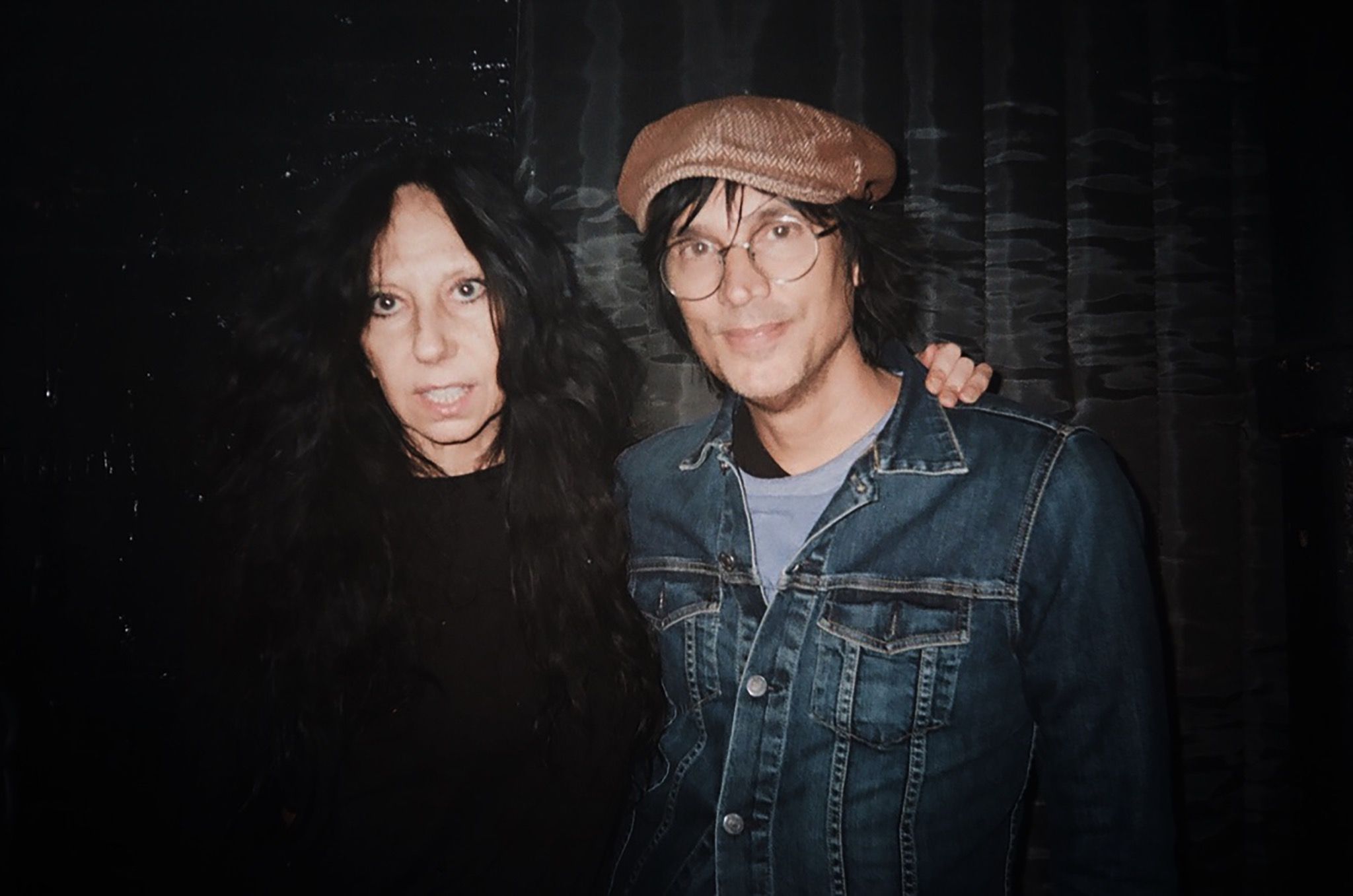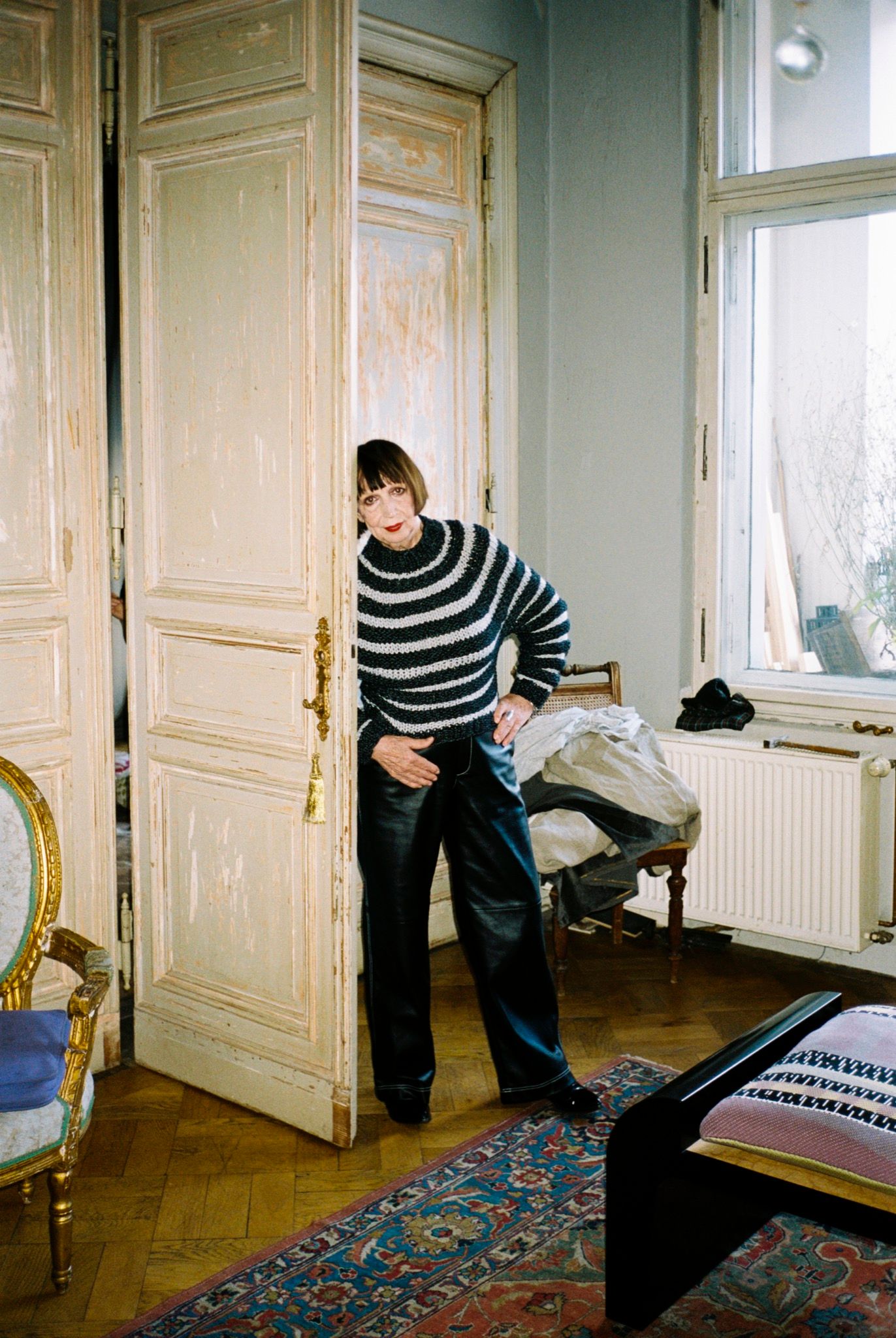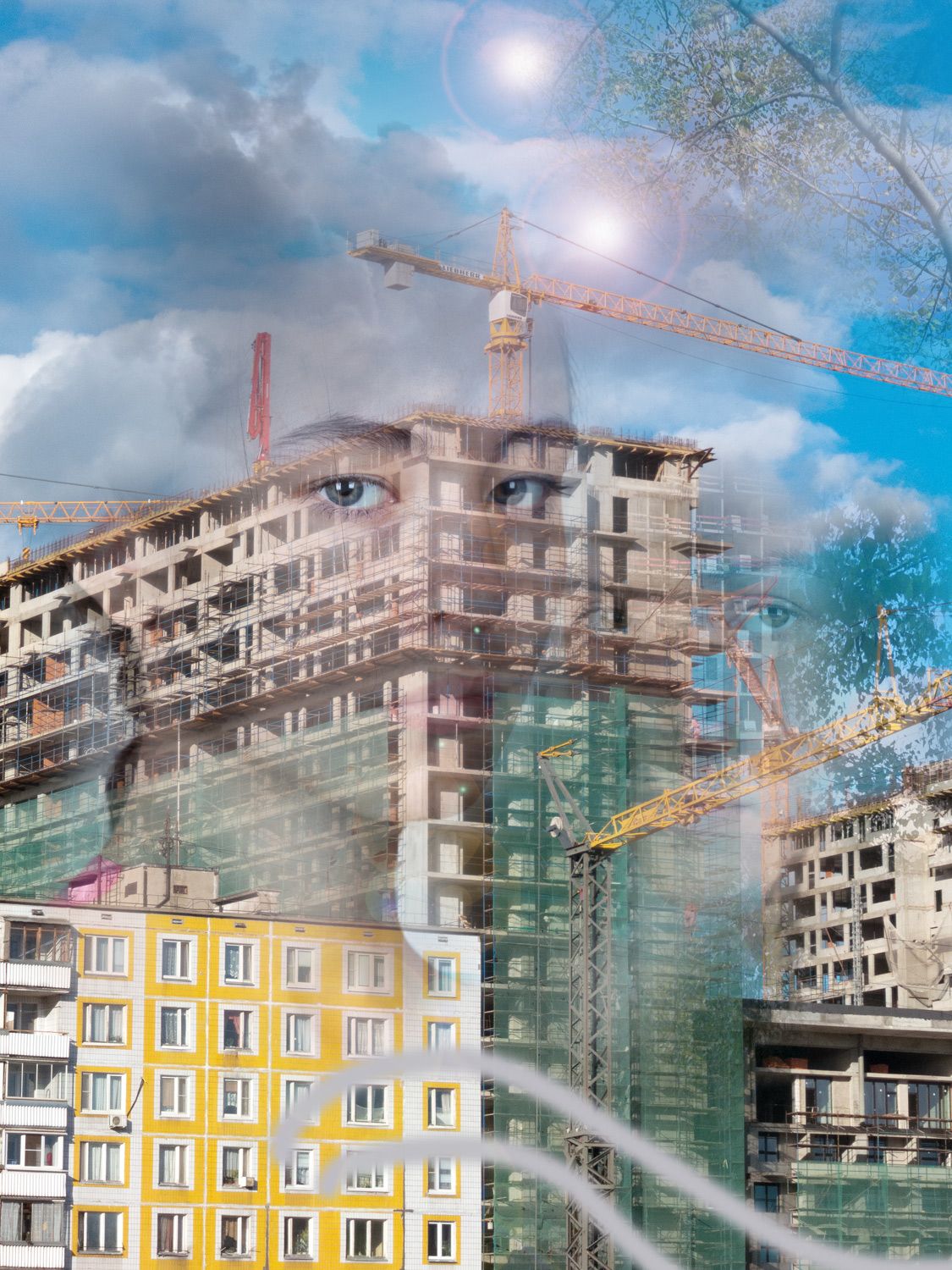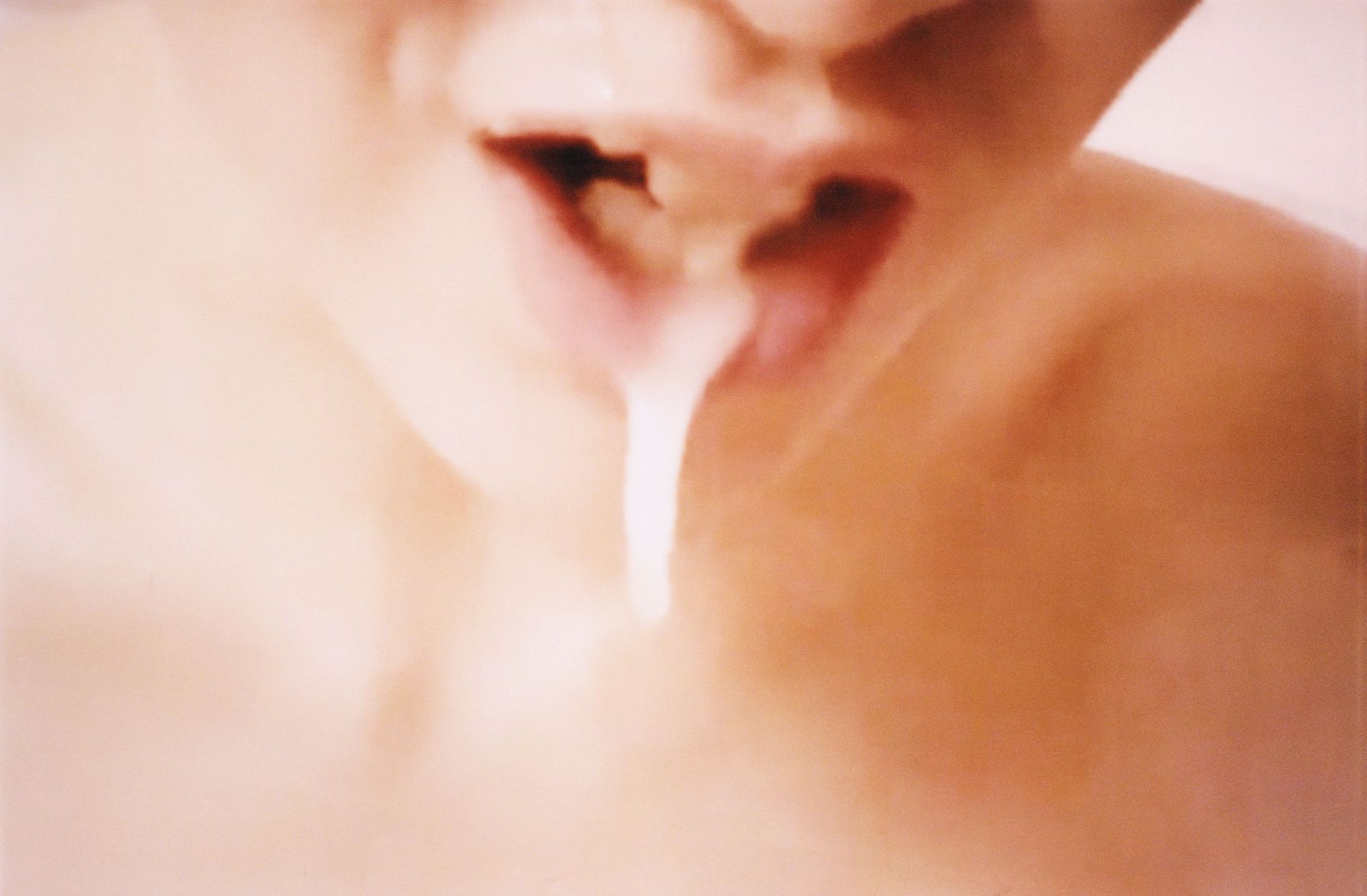CHRISTINE FENZL: Land in Sonne
|Philip Maughan
Not many Berliners go to Marzahn. Pressed up against the German capital’s eastern frontier, it’s a residential district known primarily for what it is seen to lack: wealth, opportunity, cohesion. Yet it’s also short of the urban density that hides the sun in so much of the city. Out in the former East, the sky rolls in between twenty-story Plattenbau – enormous prefab apartment complexes built in the 1970s and 1980s to provide the best of modern socialist living for 170,000 citizens of the GDR. Its color-coded precincts are divided by tracts of open space. Bike trails, gardens, and belts of fallow land – it’s how the whole of Berlin once looked. Under the cobblestones, the swamp.
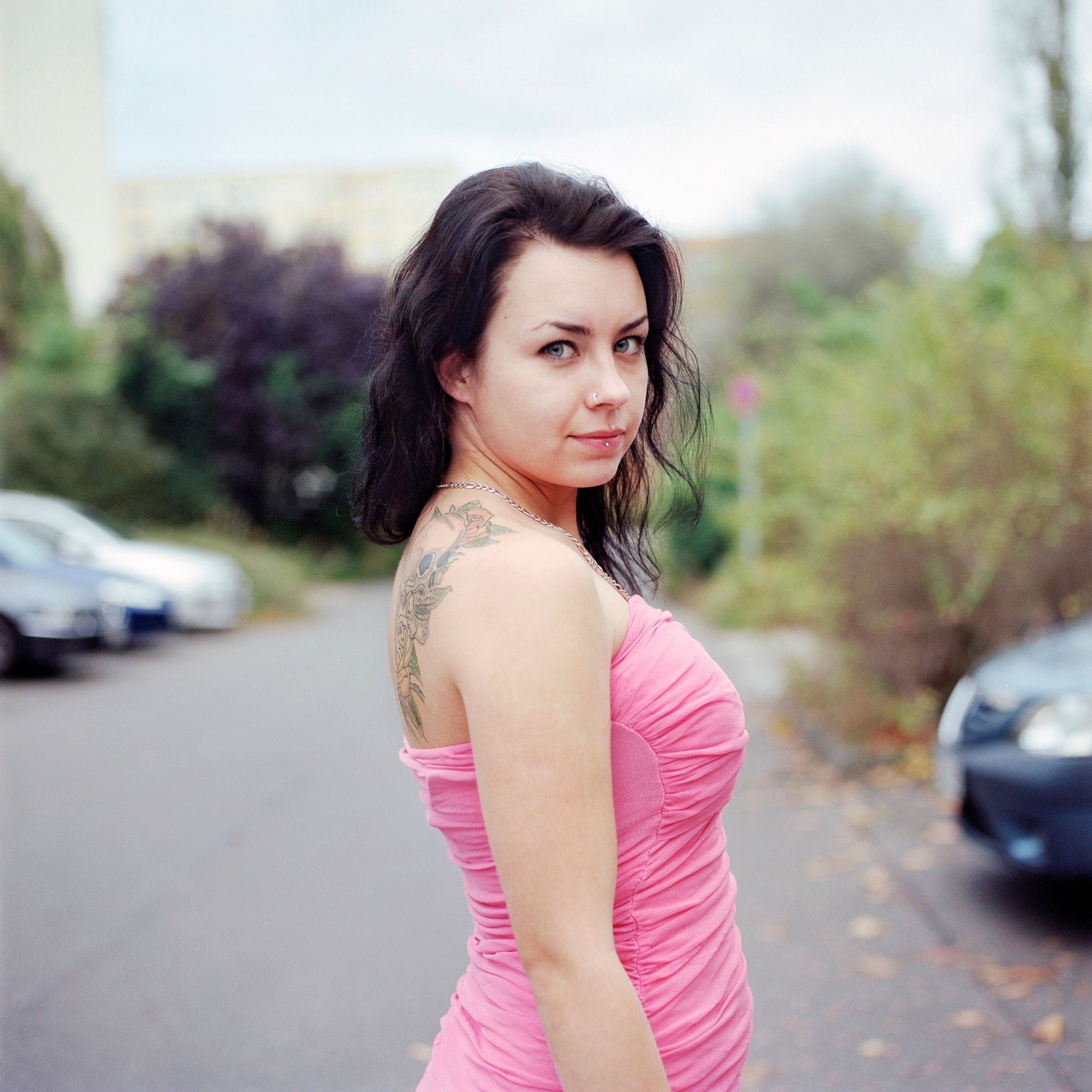
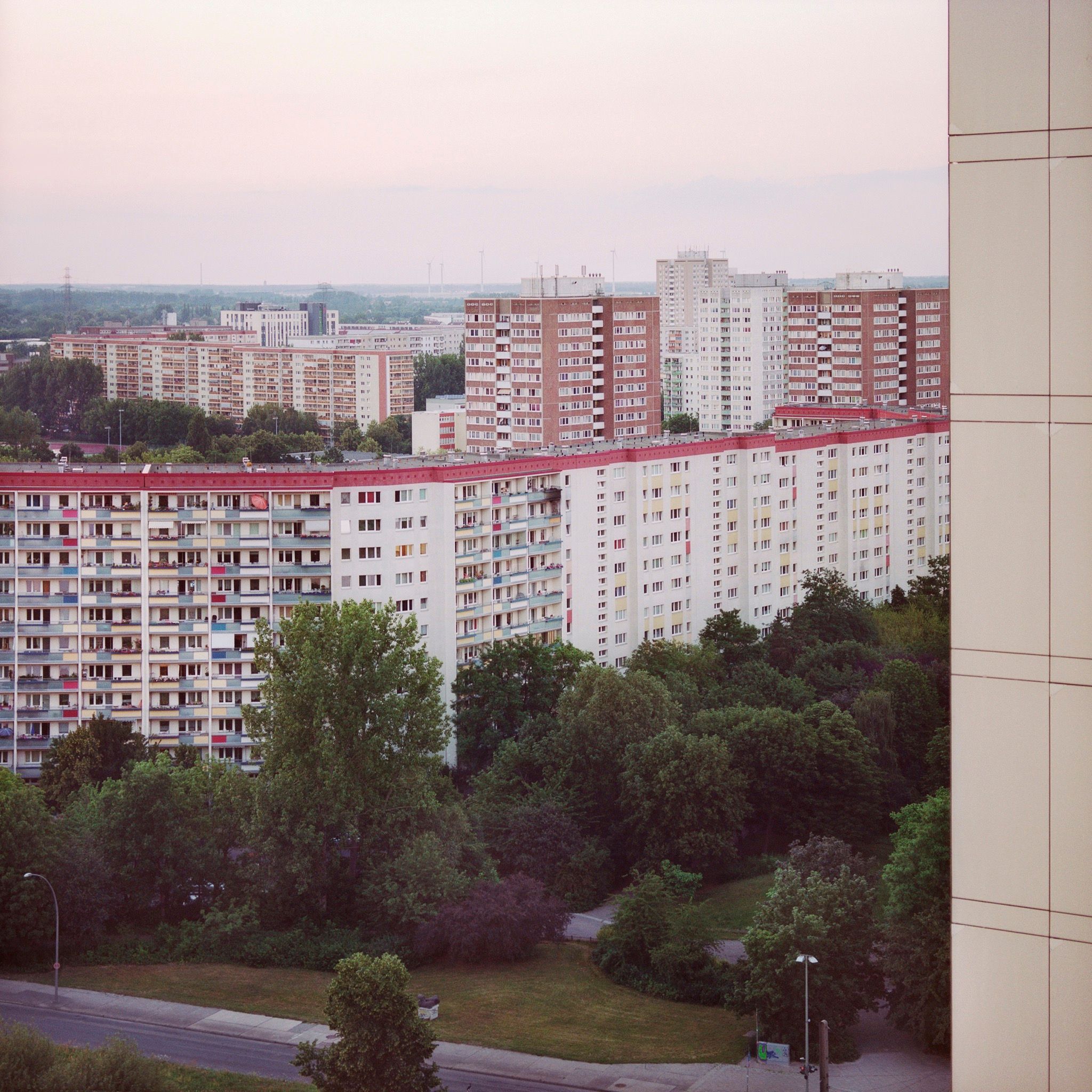
Land in Sonne (Hatje Cantz, 2019) is a new portrait series by the German photographer Christine Fenzl that aims to provide a visual counterpoint to the sticky narratives that cling to Marzahn-Hellersdorf: that it is overrun with AfD-voting right-wing extremists (the Left is still, albeit narrowly, in charge); that it is a no-go zone for foreigners (it has more refugee housing than any other district), and that nobody lives there (it is home to more than 250,000 people). The book assembles images of teenagers and kids in the process of becoming young adults on the periphery of metropolitan Berlin. They are often in transit, approaching Fenzl’s camera across bridges, at motorway intersections, or in car parks, pausing for a brief moment to collaborate before moving on.
Her subjects showcase their allegiance to a seemingly timeless collection of subcultures – they are skaters, ravers, BMXers, and punks – peering at the camera (and us) to produce what Fenzl’s mentor, Nan Goldin, refers to as a “visceral experience of the eyes of the youth.” For once, the word “visceral” doesn’t seem overwrought, a welcome reminder that youth is not (just) a commodity or marketing target, but a distinct social group whose newly opened eyes implicate the viewer. What do they see, what example is being set, what kind of world have we provided? Youth becomes a lens through which to understand a specific time and place. We are witnesses to clay being shaped by its environment.
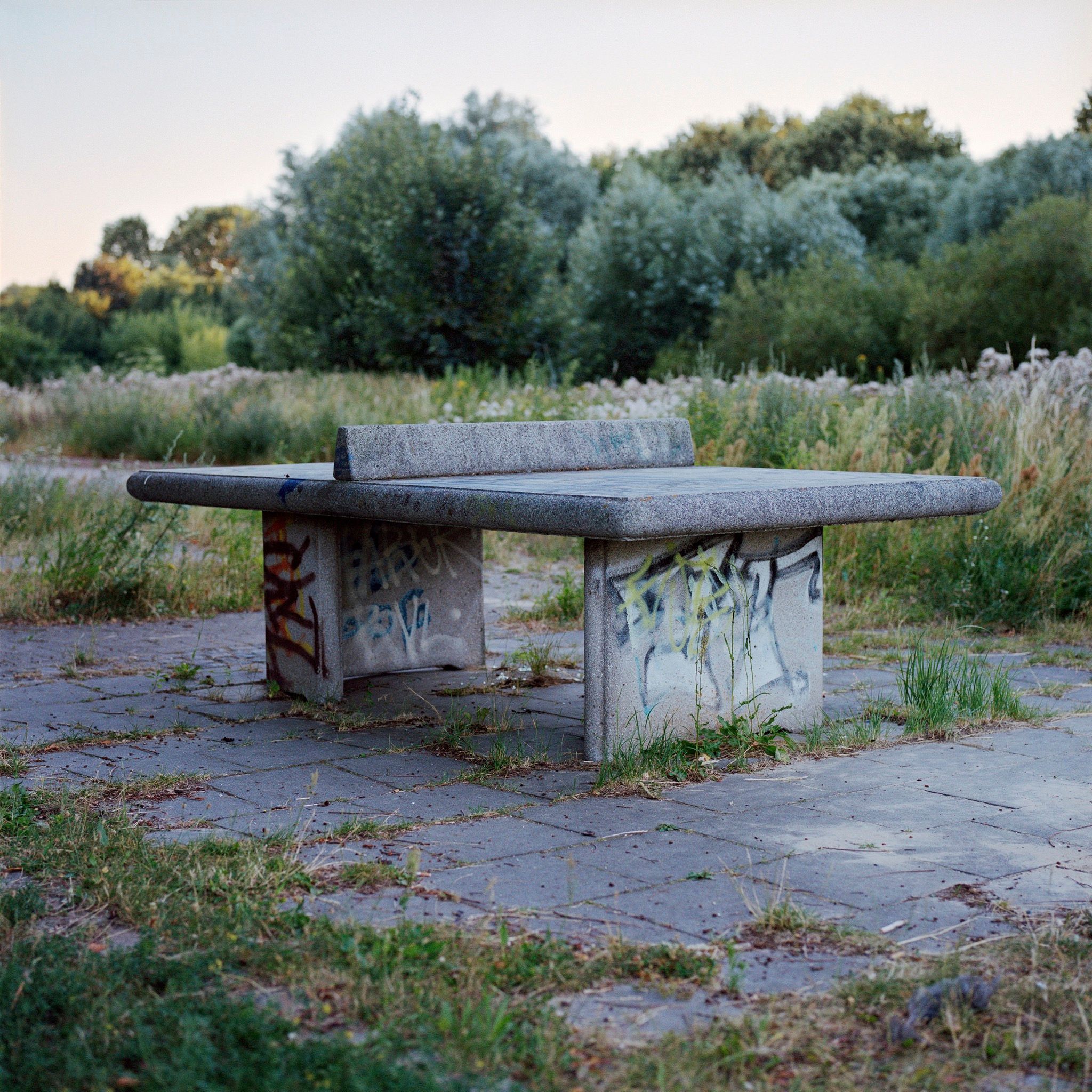
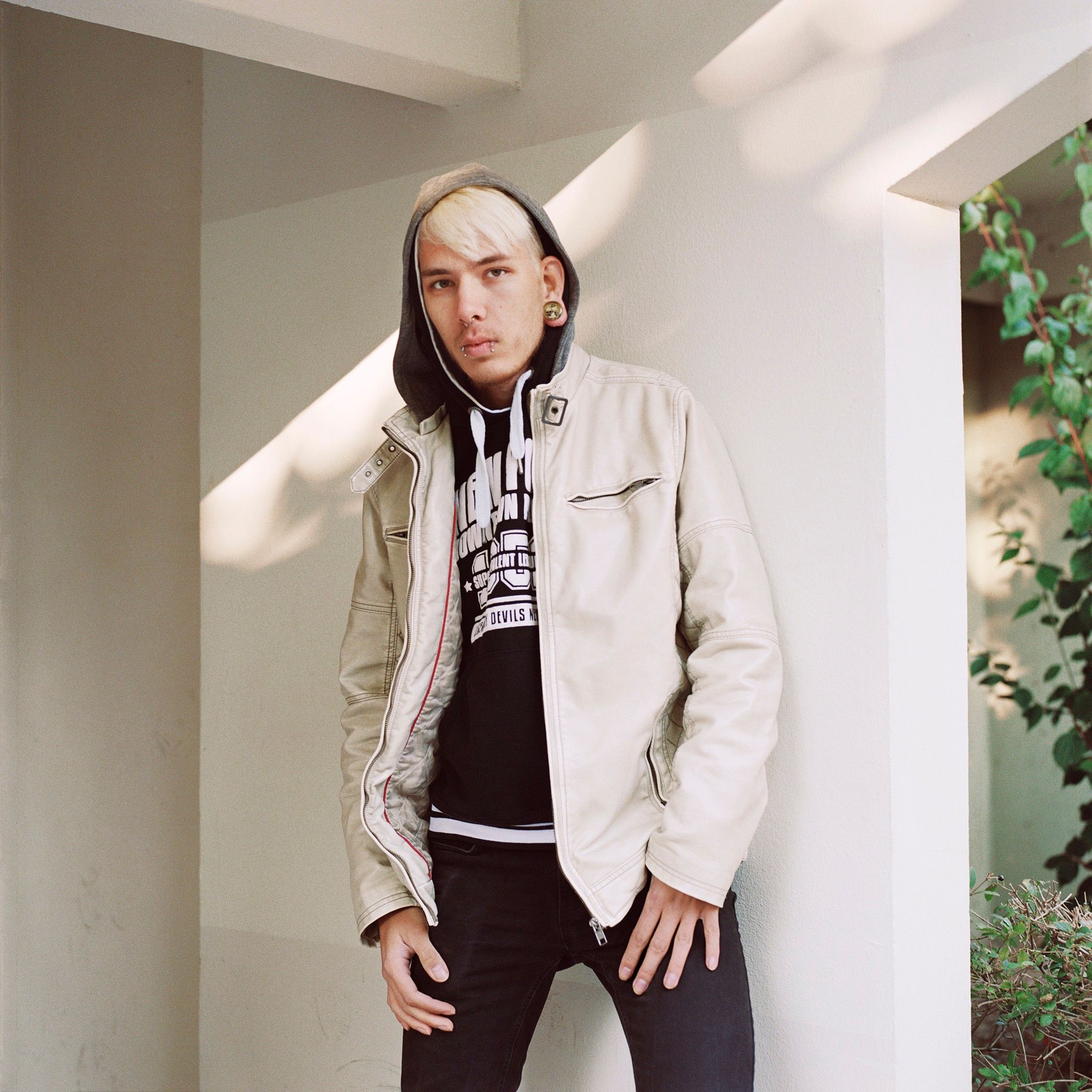
One way Marzahn reveals its history is in its demographic mix, a little different from the rest of the city, but no less imprinted by war. It’s home to Germans and “repatriated” Germans who came to Berlin after the fall of the Soviet Union, to Vietnamese people and people from Kazakhstan, Poland, and increasingly since 2015, asylum seekers from the Middle East. The borough is a flashpoint for Germany’s continuing struggle with its identity in a globalized world, which plays out in language and culture as much as it does in politics and on the street.
Fenzl’s portraits are buttressed by interiors, architectural close-ups, and sun-drenched landscapes where the absence of commerce and amenities is conspicuous for an otherwise urban residential setting. Instead, there is long grass, wildflowers, and meadow. It’s never quite clear how tame the natural world is: do the trees and creeping vines exist in service to the human habitat, or are they trying to reclaim it? At points, Land in Sonne resembles the Scottish director Lynne Ramsay’s 1999 debut, Ratcatcher, with its powerful central scene in which 12-year-old protagonist James takes a bus from his home in the Glasgow slums to the edge of the city. There he discovers rows of new family houses, full of promise, ensconced on all sides by fields of sun-drenched, golden wheat. That film, like Fenzl’s book, captures neatly the promise of social housing: everything that warmth, greenery, and security can fix, and everything it can’t.
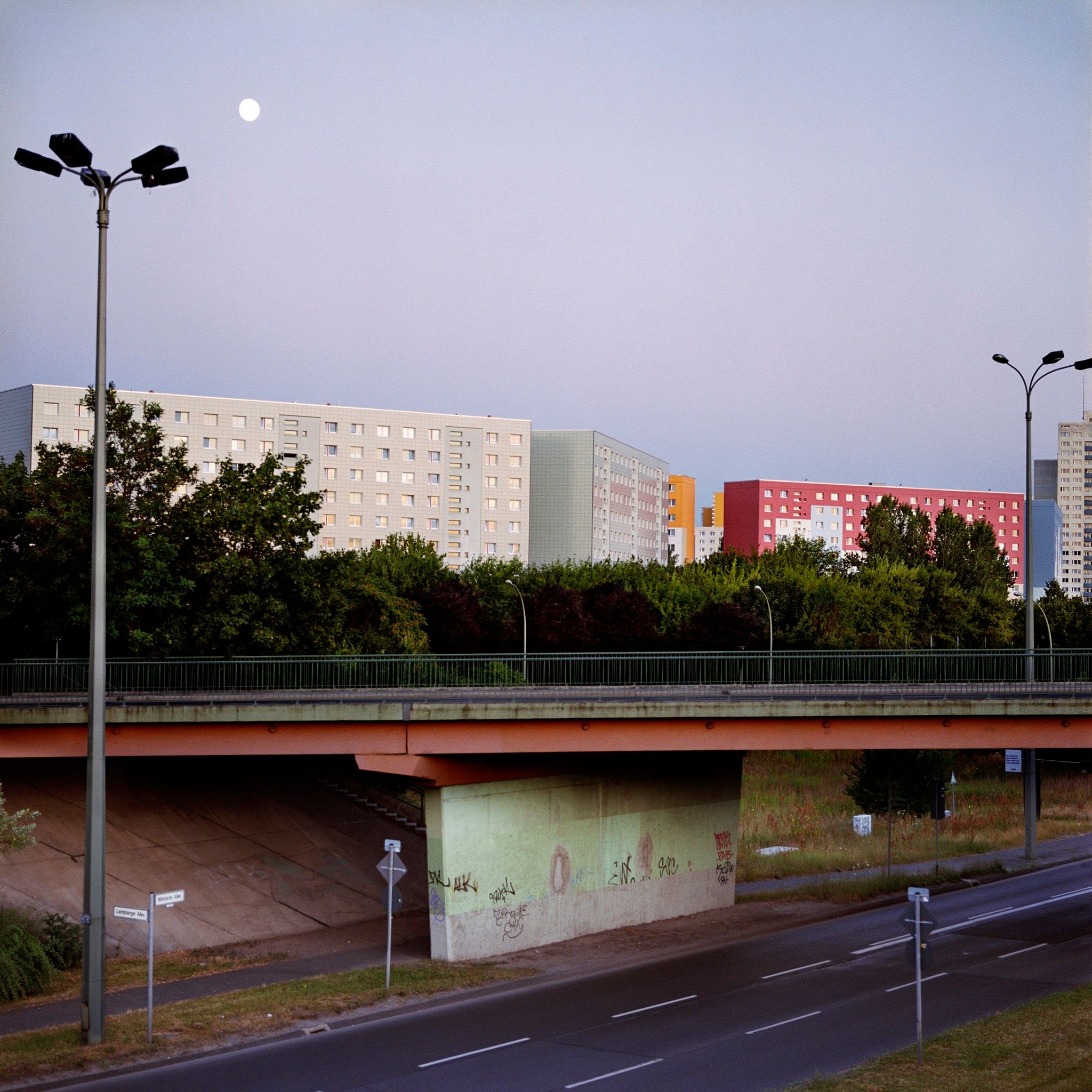
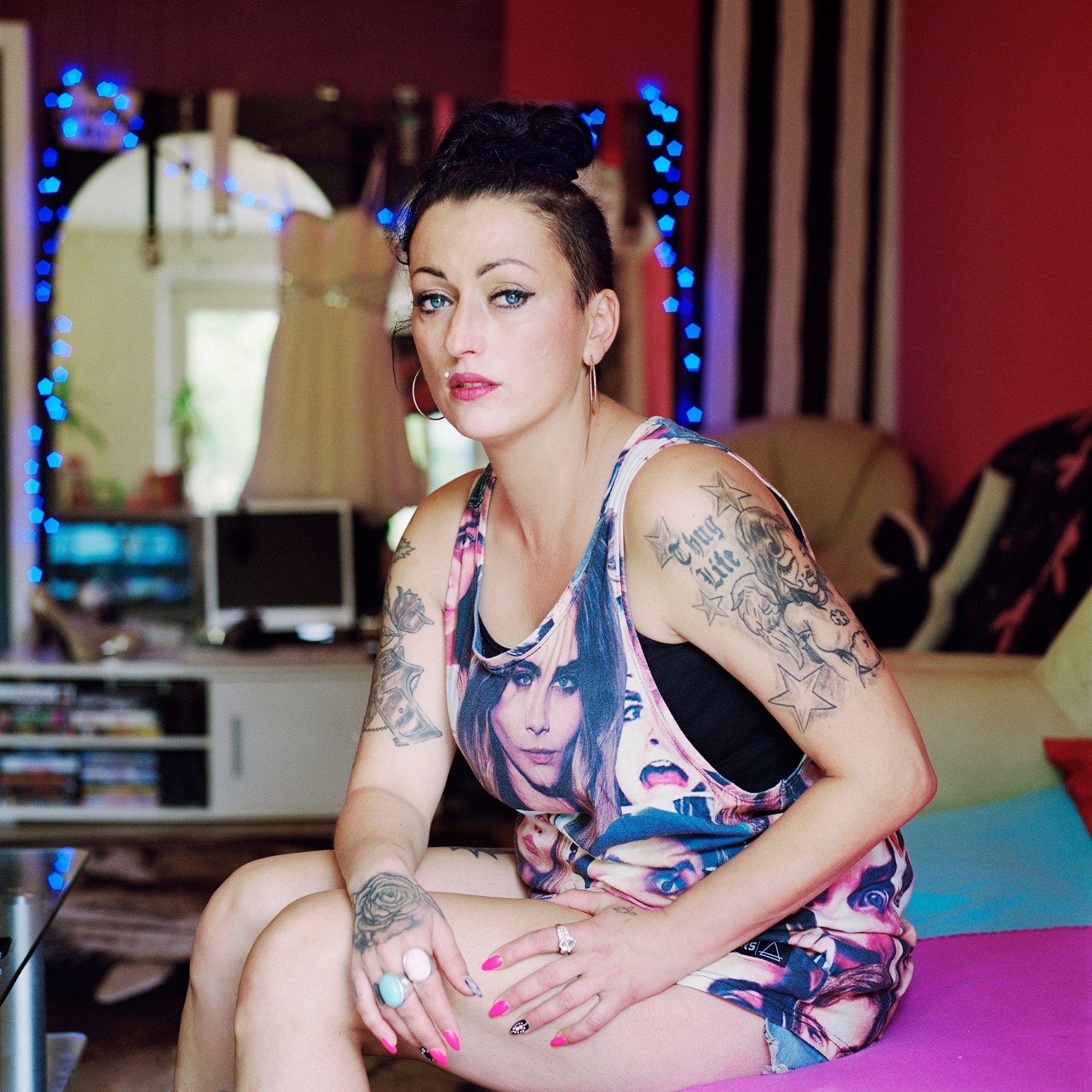
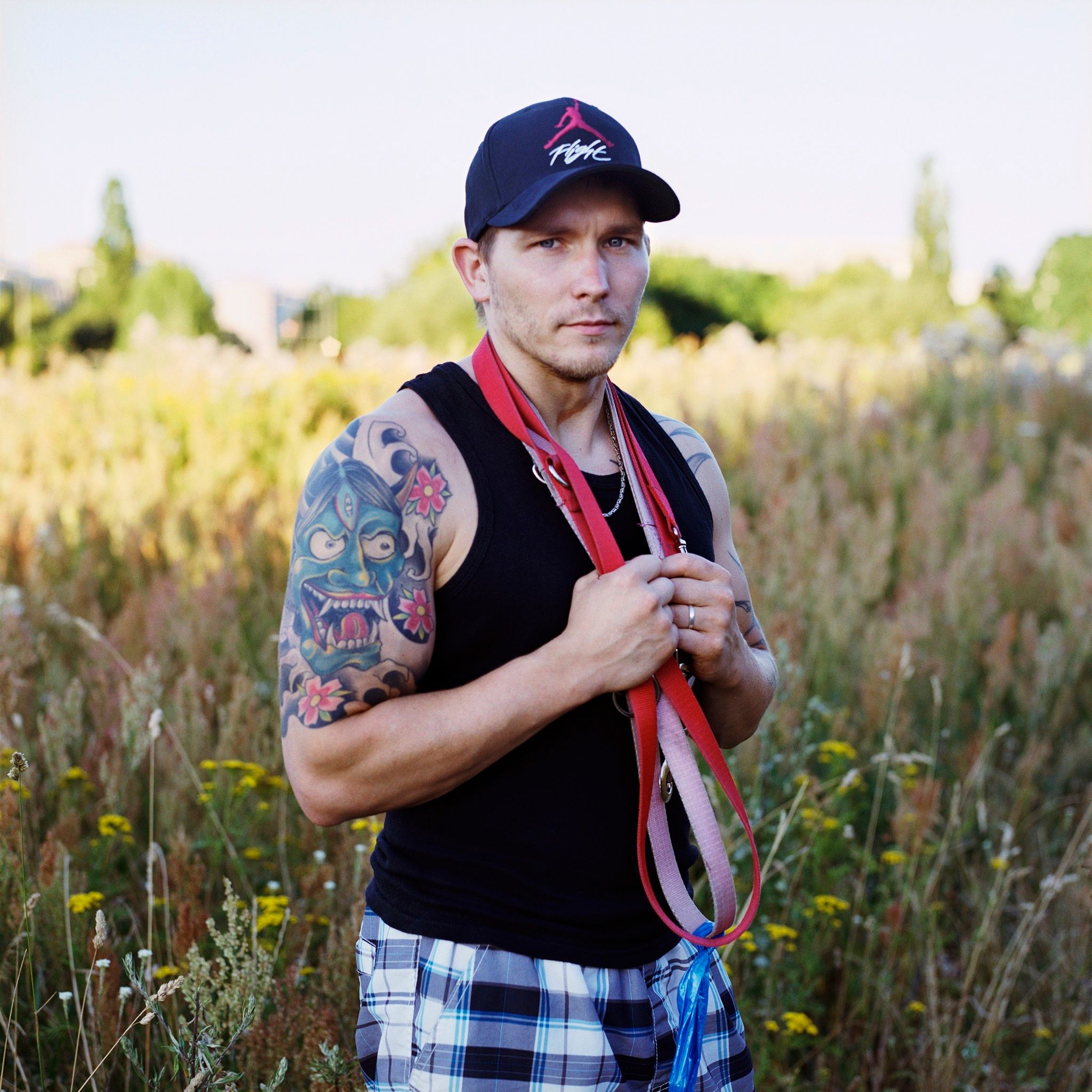
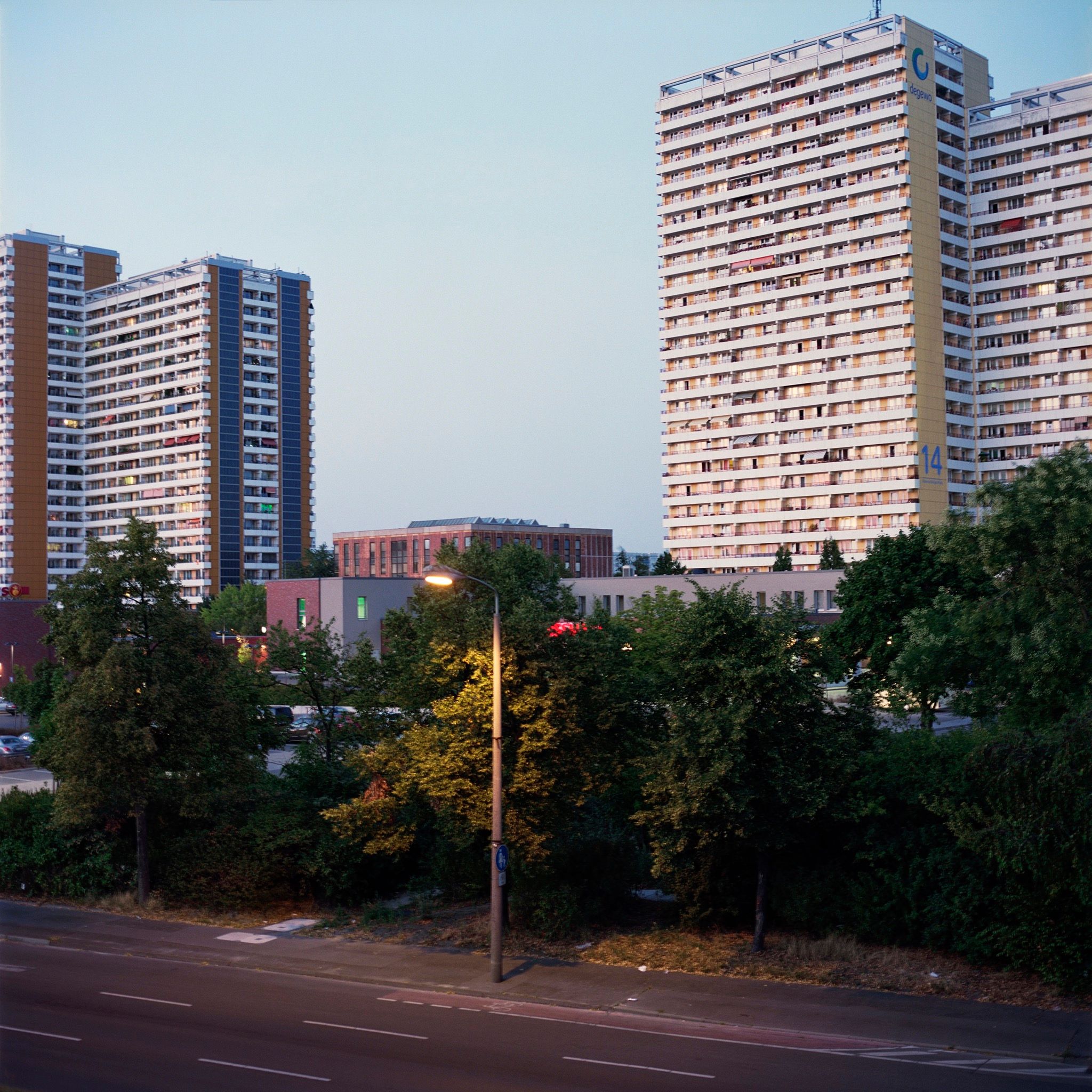
Credits
- Text: Philip Maughan
- Images: Christine Fenzl
